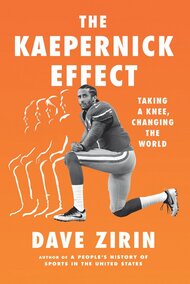Why the Wire

Yes, this is a blog about the collision of sports and politics. But sometimes the world stops, as it did last night when the finest television program in human history went off the air.
The Wire ended its five season run last night, in my mind the best use of a camera since Michael told Kay not to ask him about his business. It was a show first and foremost about the city of Baltimore, and how the banal mechanisms of urban life create its own collateral damage. It was more Charm City than anything ever done by Barry Levinson, but viewers across the country felt that the show transcended mere Baltimore. It was really Any-City, USA, with its drug trade, crumbling schools, feral politicians, and the skeletons of long forgotten factories as tragically impressive – and as picked clean - as the bones of a brontosaurus.
The hypnotic hold of this show always lay in the way it dramatized the futile efforts of individuals that attempted to change the city's lumbering direction. Lester Freamon and Cedric Daniels tried to do police work in a different way. Stringer Bell tried to sell drugs in a different way.. Stick-up artist Omar Little tried to get paid a different way. (You can bet it's no coincidence Omar shared a last name with Malcolm X. A different time, a different place, maybe a very different Omar.) He also tried to love a different way, being Gay in at atmosphere where testosterone and false bravado are like currency. They all find out the same truth: the game is the game, and the institution will crush the individual and not even blink long enough to put a notice in the local paper. It's telling that the last episode finds both the central cop, Jimmy McNulty, and drug kingpin Marlo Stanfield in a hell worse than death: free from this world, cast adrift in purgatory like parasites without a host.
The Wire could have been in Any-City, but it was also Baltimore to the core. I have a close friend who lives in Charm City and can't bring himself to watch the show. Some things, he tells me, just cut too close. The Wire is Baltimore, in a way that's far too intimate for comfort, like reading someone's diary and wishing you could forget what you saw. It's a city that gets up your nose and in your clothes. This is still the city where the state's death row is right in the middle of the projects, not to mention a short walk from the ever-encroaching edge of gentrification. This is the city where old factories at the waterfront now sell $5 cups of designer coffee, for that faux-devastation chic. This is the city of the Wire, and it picked at every scab.
It's why my buddy couldn't tune in: Why tie yourself to characters doomed to fail? Why force yourself to identify with the same failure? Why not just take an hour and gargle with salt water and razor blades? It's a decent question, but could only be asked by those who haven't watched. If one message of the show is that institutions will reward feckless idiocy and crush visionaries, there is another contradictory message, voiced by Omar: "Man's got to have a code." In end we can even classify the Wire characters by those who have a code and kept their soul and those who either willingly – Carcetti – or tragically – Dukie–lost it to the city. Every city has people with a code, unrecognized and unrewarded, unorganized and adrift, but there all the same. The Wire celebrated those with a code, no matter how many times they were knocked down. To organize these very people – the ones with a code - is to forgo challenging institutions as individuals, and instead begin to come together and take our cities back. It's how Omar Littles become giants. And it's long past time.
More columns ⇒
Support the Work
Please consider making a donation to keep this site going.
Featured Videos
Dave on Democracy Now!

